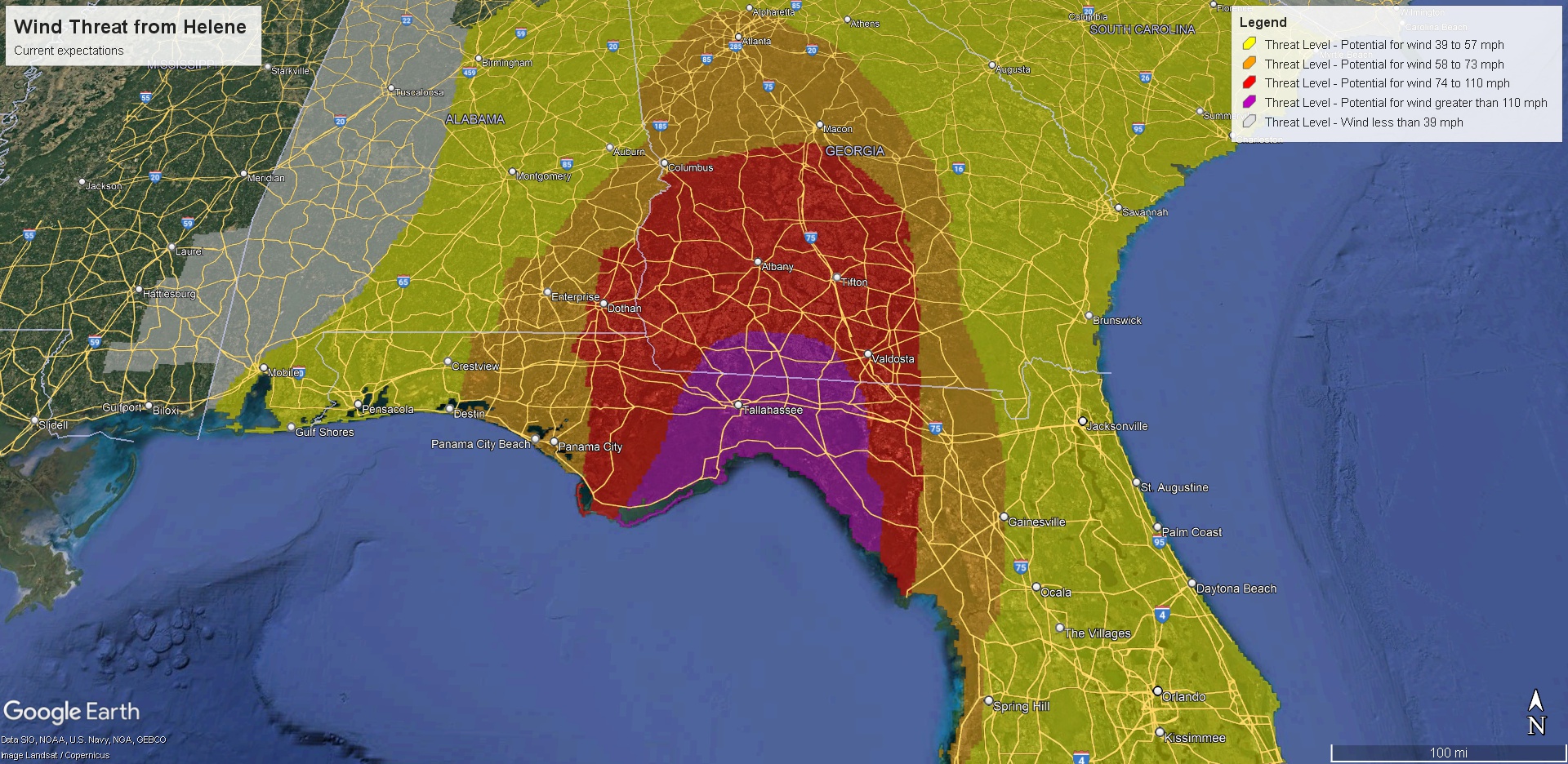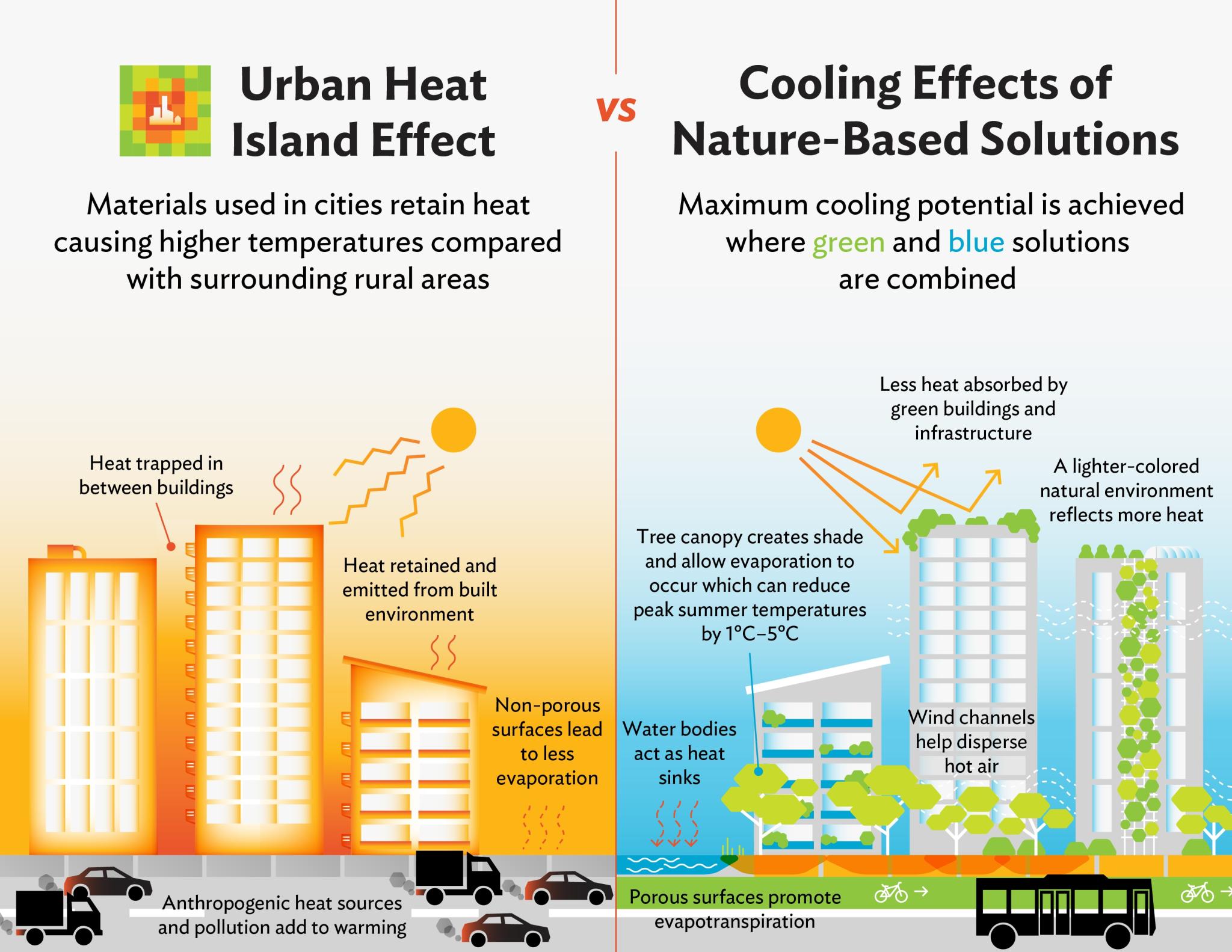Report on United States’ Stance on Climate Action and Sustainable Development Goals at the UN General Assembly
1.0 Overview of Presidential Address to the UNGA
An address delivered at the United Nations General Assembly presented a perspective on climate change that diverges significantly from the international consensus and the framework of the Sustainable Development Goals (SDGs). The key assertions are summarized below:
- Climate change was characterized as a fabrication, undermining the scientific basis for SDG 13 (Climate Action).
- European efforts to reduce carbon emissions were linked to negative economic outcomes, such as factory closures and job losses. This positions climate action as being in direct conflict with SDG 8 (Decent Work and Economic Growth).
- The historical evolution of climate science was misrepresented, with claims that scientists shifted from “global cooling” to “global warming” and finally to “climate change” to ensure their predictions could not be falsified.
- The adoption of renewable energy sources, a key target of SDG 7 (Affordable and Clean Energy), was presented as evidence of a destructive “green agenda.”
2.0 Analysis in the Context of Scientific Evidence and Global Cooperation
The statements made in the address stand in contrast to established scientific evidence and the multilateral frameworks designed to address global challenges, particularly those outlined in the SDGs.
- Scientific Counterpoints: The mid-20th-century global temperature dip (1945-70) is scientifically attributed to an increase in sulphur emissions from coal combustion, a factor accounted for in modern climate models.
- Institutional Consensus: The Intergovernmental Panel on Climate Change (IPCC), established in the 1990s, represents a global partnership under SDG 17 (Partnerships for the Goals). It provides a forum for thousands of scientists to rigorously assess the science related to climate change, differentiating between natural and human-caused climate variations.
- Conceptual Accuracy: The term ‘climate change’ is used by the scientific community to accurately describe the wide-ranging effects of global warming, including disruptions to ocean currents and the increasing frequency of erratic weather events. This understanding is fundamental to the implementation of SDG 13.
3.0 Implications for Sustainable Development Goals (SDGs)
The position articulated in the address directly challenges the integrated nature of the 2030 Agenda for Sustainable Development by creating a false dichotomy between economic development and environmental protection.
- SDG 7 (Affordable and Clean Energy): The critique of solar and wind energy opposes the global goal of increasing the share of renewables in the energy mix and ensuring access to sustainable energy for all.
- SDG 9 (Industry, Innovation, and Infrastructure): The dismissal of green technologies runs counter to the objective of fostering innovation and promoting sustainable industrialization to build resilient infrastructure.
- SDG 13 (Climate Action): The address fundamentally undermines the urgency of taking action to combat climate change and its impacts, which is the central aim of SDG 13.
- SDG 17 (Partnerships for the Goals): By questioning the scientific consensus and the value of multilateral climate forums, the speech weakens the global cooperation necessary to achieve the SDGs.
4.0 Conclusion
The address prioritized the interests of the fossil fuel industry over the globally agreed-upon objectives for sustainable development. While there are valid discussions to be had regarding equity and justice within the multilateral climate action framework, the speech did not engage with these complexities. Despite such rhetoric, the global trajectory, guided by scientific evidence and the principles of the Sustainable Development Goals, remains oriented towards a post-fossil-fuel future. The established scientific and diplomatic processes continue to advance this transition.
Analysis of the Article in Relation to Sustainable Development Goals
1. Which SDGs are addressed or connected to the issues highlighted in the article?
The article primarily discusses issues related to climate change, energy policy, economic growth, and international cooperation. Based on this, the following Sustainable Development Goals (SDGs) are addressed:
-
SDG 7: Affordable and Clean Energy
The article directly contrasts the fossil fuel industry with renewable energy sources. It mentions President Trump’s criticism of “the increasing adoption of solar and wind energy” and his support for the “fossil fuel industry,” which are central themes of SDG 7’s goal to ensure access to affordable, reliable, sustainable, and modern energy for all.
-
SDG 8: Decent Work and Economic Growth
This goal is addressed through President Trump’s argument that climate action negatively impacts the economy. The article cites his claim that “Europe’s decades-long trimming of its carbon footprint had come at the expense of shuttered factories and job losses.” This connects the debate on environmental policy directly to concerns about economic growth and employment.
-
SDG 13: Climate Action
This is the most prominent SDG in the article. The entire piece revolves around the debate on climate change, criticizing the dismissal of scientific evidence on “anthropogenic warming,” “global warming,” and the disruption of “ocean currents.” It defends the work of the “Intergovernmental Panel on Climate Change” and the global effort to address the climate crisis, which is the core mission of SDG 13.
-
SDG 17: Partnerships for the Goals
The article highlights the importance of international cooperation in addressing global challenges like climate change. It refers to the “United Nations General Assembly (UNGA),” the “Intergovernmental Panel on Climate Change,” and the “multi-lateral process in place to guide climate action.” President Trump’s speech is presented as an act that undermines this global partnership and deference to scientific consensus, which is a key aspect of SDG 17.
2. What specific targets under those SDGs can be identified based on the article’s content?
Several specific targets can be identified based on the arguments and issues discussed in the article:
-
SDG 7: Affordable and Clean Energy
- Target 7.2: By 2030, increase substantially the share of renewable energy in the global energy mix. The article’s mention of the “increasing adoption of solar and wind energy” as a positive trend that President Trump opposes directly relates to this target.
-
SDG 8: Decent Work and Economic Growth
- Target 8.4: Improve progressively, through 2030, global resource efficiency in consumption and production and endeavour to decouple economic growth from environmental degradation. President Trump’s argument that reducing carbon emissions leads to “shuttered factories and job losses” represents a direct rejection of this target’s principle of decoupling economic growth from environmental harm.
-
SDG 13: Climate Action
- Target 13.2: Integrate climate change measures into national policies, strategies and planning. The article critiques the U.S. President’s stance, which runs counter to integrating climate action into national policy, instead favoring the “fossil fuel industry.”
- Target 13.3: Improve education, awareness-raising and human and institutional capacity on climate change mitigation, adaptation, impact reduction and early warning. The article defends the “scientific process” and the work of the IPCC against President Trump’s speech, which it describes as an attempt to undermine scientific wisdom and public awareness about climate change.
-
SDG 17: Partnerships for the Goals
- Target 17.14: Enhance policy coherence for sustainable development. The U.S. President’s speech at the UNGA, undermining global climate efforts, is an example of policy incoherence that this target aims to prevent.
- Target 17.16: Enhance the global partnership for sustainable development. The article discusses the “multi-lateral process” for climate action and the UNGA as a forum for global leadership. The critique of the speech implies a failure to support this global partnership.
3. Are there any indicators mentioned or implied in the article that can be used to measure progress towards the identified targets?
The article, being an editorial, does not provide quantitative data but implies several indicators used to measure progress:
-
Carbon Footprint / Emissions
The article mentions “Europe’s decades-long trimming of its carbon footprint” and “an increase in sulphur emissions from burning coal.” This directly implies the use of greenhouse gas emissions data (e.g., CO2 emissions per capita) to measure progress on climate action, relevant to Indicator 13.2.2 (Total greenhouse gas emissions per year).
-
Share of Renewable Energy
The reference to the “increasing adoption of solar and wind energy” implies a metric for the share of renewables in the energy mix. This is a direct reference to the concept behind Indicator 7.2.1 (Renewable energy share in the total final energy consumption).
-
Global Temperature Change
The article discusses “global warming” and mentions a specific historical “average global temperature dip of 0.1°C.” This points to the use of global average temperature as a key indicator for monitoring climate change, a fundamental metric for SDG 13.
-
Economic Impact Indicators
President Trump’s claims about “shuttered factories and job losses” imply the use of economic indicators like manufacturing output and unemployment rates to argue against climate policies. While the article refutes the premise, it acknowledges that these metrics are part of the political discourse surrounding SDG 8.
4. Table of SDGs, Targets, and Indicators
| SDGs | Targets | Indicators (Mentioned or Implied) |
|---|---|---|
| SDG 7: Affordable and Clean Energy | 7.2: Increase substantially the share of renewable energy in the global energy mix. | Share of renewable energy in the energy mix (implied by “increasing adoption of solar and wind energy”). |
| SDG 8: Decent Work and Economic Growth | 8.4: Decouple economic growth from environmental degradation. | Rates of factory closures and job losses (implied by Trump’s argument against climate action). |
| SDG 13: Climate Action | 13.2: Integrate climate change measures into national policies. | Carbon footprint / Greenhouse gas emissions (implied by “trimming of its carbon footprint”). |
| 13.3: Improve education and awareness-raising on climate change. | Global average temperature (implied by discussion of “global warming” and “global temperature dip”). | |
| SDG 17: Partnerships for the Goals | 17.14: Enhance policy coherence for sustainable development. | Engagement in multilateral processes (implied by the setting of the UNGA and critique of undermining the “multi-lateral process”). |
| 17.16: Enhance the global partnership for sustainable development. | Support for international scientific bodies like the IPCC (implied by the defense of the IPCC’s work). |
Source: thehindu.com







